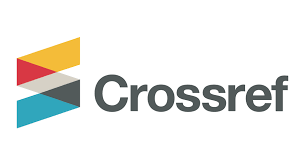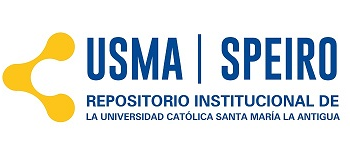El TERCE en poblaciones vulnerables de Panamá
DOI:
https://doi.org/10.37387/ipc.v9i3.264Palabras clave:
análisis de conglomerados, contexto desfavorable, índice socioeconómico, Panamá, poblaciones vulnerables, TERCEResumen
Este estudio tuvo como objetivo identificar las escuelas oficiales de Panamá que obtuvieron niveles superiores al promedio nacional en las pruebas de lectura, matemática y ciencias en tercero y sexto grado, y que se encontraban en contextos desfavorables. Este artículo muestra el análisis realizado mediante una investigación cuantitativa empleando los datos del Tercer Estudio Regional Comparativo Explicativo (TERCE), llevado a cabo por el LLECE de la UNESCO (año 2013). Las 137 escuelas oficiales se agruparon mediante el método de conglomerados de K medias, en cuatro conglomerados, según el nivel socioeconómico y cultural. En el conglomerado con los índices promedios más severos, esto es -1.44 para estudiantes de sexto y -1.22 para tercer grado, no se encontró ninguna escuela con promedios superiores al promedio nacional. En el conglomerado con índice de -0.62 para sexto grado y -0.60 para tercer grado, que fue el segundo en cuanto a la severidad de condiciones desfavorables, se encontraron tres escuelas con promedios superiores al nacional, en todas las áreas curriculares evaluadas. Los conglomerados reflejaron evidencia de diferencias debido a la condición socioeconómica de las escuelas, lo cual permitirá formular recomendaciones de política nacional educativa para Panamá.
Descargas
Publicado
Cómo citar
Número
Sección
Licencia
Derechos de autor 2021 Investigación y Pensamiento Crítico

Esta obra está bajo una licencia internacional Creative Commons Atribución-NoComercial-CompartirIgual 4.0.
1. Los autores conservan los derechos patrimoniales (copyright) de las obras publicadas y permiten la reutilización de las mismas.
2. La revista (y sus contenidos) emplean las licencias Creative Commons, específicamente la del tipo CC BY NC SA, en donde: “el beneficiario de la licencia tiene el derecho de copiar, distribuir, exhibir y representar la obra y hacer obras derivadas siempre y cuando reconozca y cite la obra de la forma especificada por el autor o el licenciante”.
3. Se pueden copiar, usar, difundir, transmitir y exponer públicamente, siempre que: i) se cite la autoría y la fuente original de su publicación (revista, editorial y URL, DOI de la obra); ii) no se usen para fines comerciales.
4. Condiciones de auto-archivo. Se anima a los autores a difundir electrónicamente las versiones post-print (versión evaluada y aceptada para su publicación), ya que favorece su circulación y difusión, aumento su citación y alcance entre la comunidad académica.











